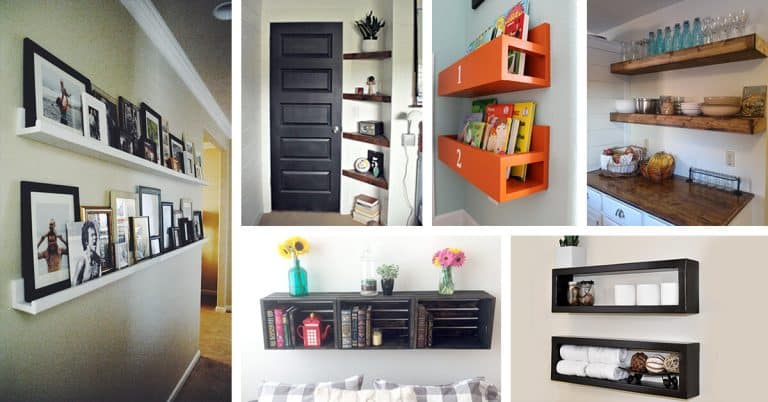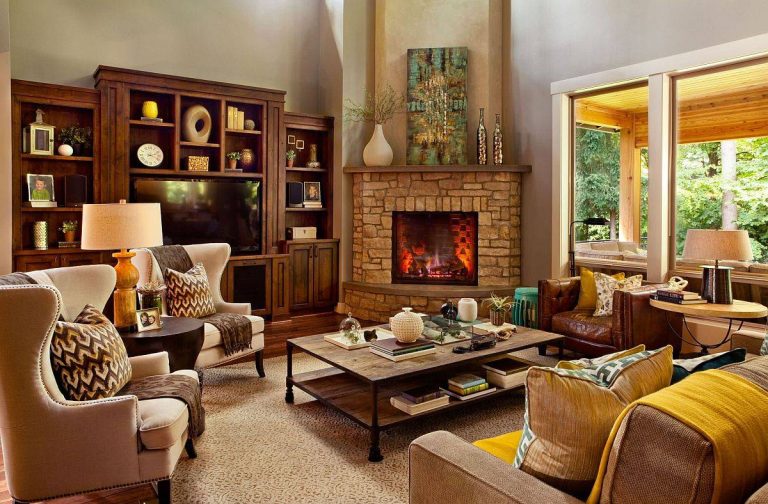Everything to Know About HOA Approved Exterior Paint Colors

Are you dreaming of giving your home a fresh, new look with a beautiful coat of exterior paint? If you live in an HOA community, your color choices may require approval before you can begin painting.
Homeowners’ Associations typically maintain strict guidelines regarding exterior paint colors to preserve the neighborhood’s appearance and property values.
Understanding these regulations is essential before you break out the paintbrushes or hire a contractor.
This blog covers everything you need to know about HOA-approved paint colors, from understanding the regulations to selecting the perfect shade for your home.
Understanding Homeowner Association
A Homeowners Association (HOA) is an organization that creates and enforces rules for properties within a specific subdivision, planned community, or condominium building.
These groups are typically governed by homeowner boards that maintain community standards through Covenants, Conditions, and Restrictions (CC&Rs).
HOAs collect regular dues to maintain common areas, such as parks, pools, and community centers. Their authority extends to private property, regulating exterior paint colors, landscaping choices, and architectural modifications.
Membership in a Homeowners Association (HOA) is generally mandatory when purchasing a home within its jurisdiction. Homeowners agree to abide by the established rules when they close on their property.
Role of HOA in Maintaining the Community

The primary function of HOA color restrictions is to maintain visual harmony throughout the neighborhood. By limiting color choices to a pre-approved palette, HOAs aim to:
- Preserve Property Values: Consistent, attractive exterior colors help maintain and potentially increase home values throughout the community.
- Create Cohesive Visuals: Coordinated color schemes create a unified, pleasing appearance across the neighborhood.
- Prevent Extreme Color Choices: Pre-approved palettes eliminate dramatically bright or unusual colors that might detract from the community’s appearance.
- Reduce Neighbor Conflicts: Clear color guidelines minimize disputes that might arise from controversial paint choices.
- Maintain Architectural Character: Appropriate color schemes uplift and preserve the intended style of the community.
These restrictions may seem limiting at first, but they often contribute to higher resale values and a more polished appearance. Many homebuyers seek out HOA communities specifically for these benefits.
Common HOA-Approved Color Palettes
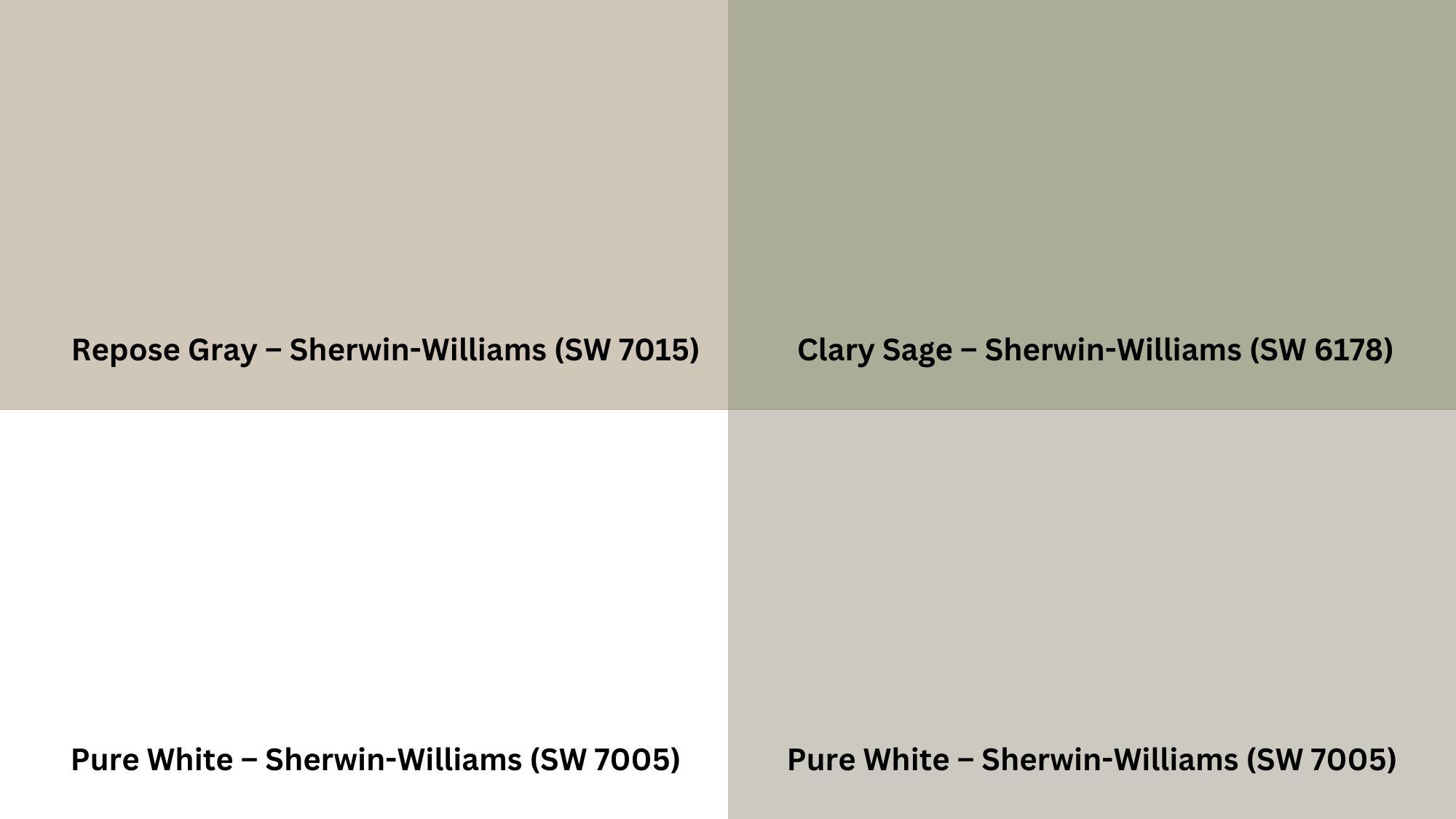
| Color Palette | Description |
|---|---|
|
Neutral Tones |
Soft beiges, tans, and warm grays. A timeless look that blends seamlessly into most neighborhoods. |
| Earth Tones | Subdued browns, terracottas, and sage greens. Connects with natural surroundings without standing out dramatically. |
| Muted Blues and Grays | Soft blues and cool grays. Popular in coastal communities, offering a refreshing alternative to warmer neutrals. |
| Historic Palettes | Colors are authentic to specific architectural themes, such as colonial, Victorian, or mid-century modern. |
Steps to Choose the Perfect HOA-Approved Paint Colors
Finding the right color within HOA guidelines requires a systematic approach:
Step 1: Obtain Current Guidelines

Request the most up-to-date approved color palette from your HOA board or management company. These guidelines are subject to periodic updates, so please don’t rely on outdated information.
Some HOAs offer digital versions or physical swatches. If you’re unsure, consider requesting a meeting or calling the office to clarify any confusing sections or updates in the rules.
Step 2: Understand the Approval Process

Learn exactly what documentation is required, submission deadlines, and how long the approval process typically takes. Plan your project timeline accordingly.
Ask if there are monthly meetings or deadlines you must meet. Missing a date could delay your project by weeks. Clarify if electronic or hard-copy submissions are preferred.
Step 3: Consider Your Home’s Architecture
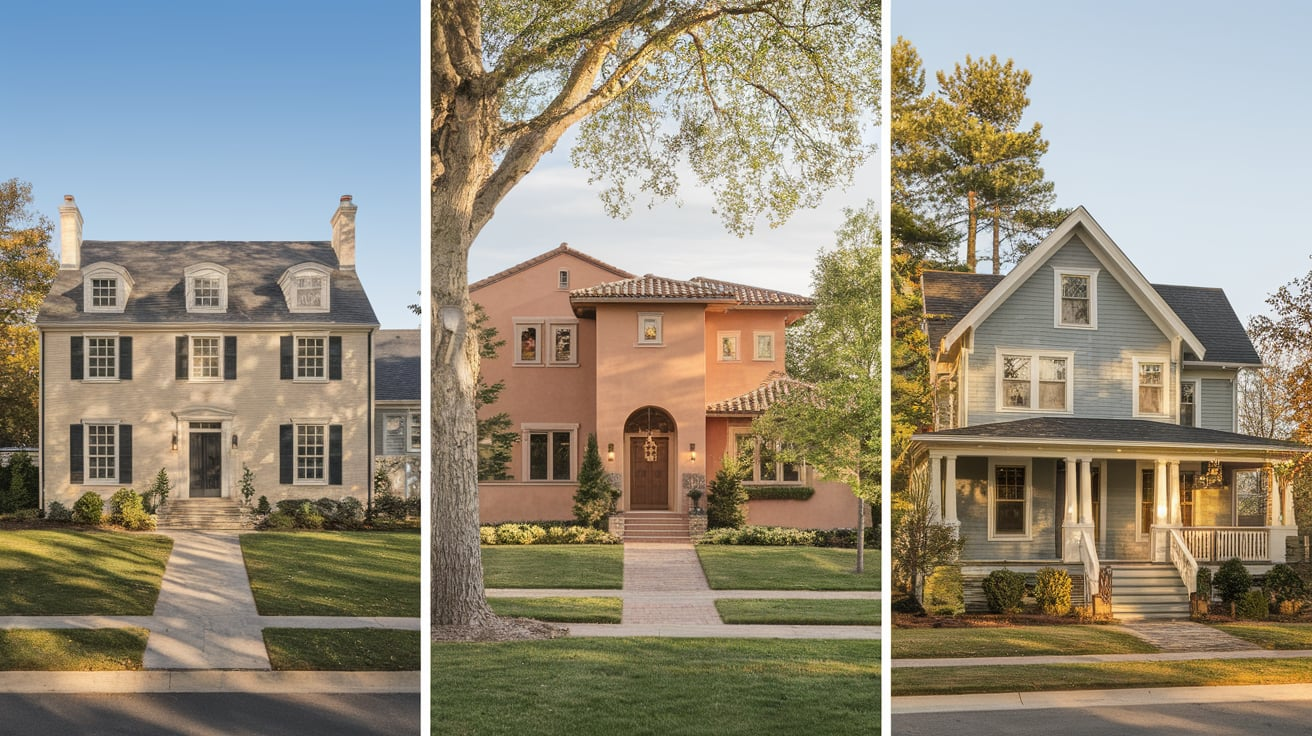
Certain color schemes work best with different structure styles. Colonial homes often suit different palettes than Mediterranean or Craftsman styles.
Research paint trends that suit your home’s design style, or consult with a local designer for their input. Matching your colors to your home’s character boosts curb appeal and keeps with the neighborhood look.
Step 4: Look at Neighboring Properties

Your color should complement, not clash with, the surrounding homes. Some HOAs even prohibit choosing colors that match those of adjacent properties.
Walk the neighborhood at different times of day to see how homes look in varying lighting conditions. Snap a few photos to compare with your options and check for potential duplicates.
Step 5: Use Sample Boards
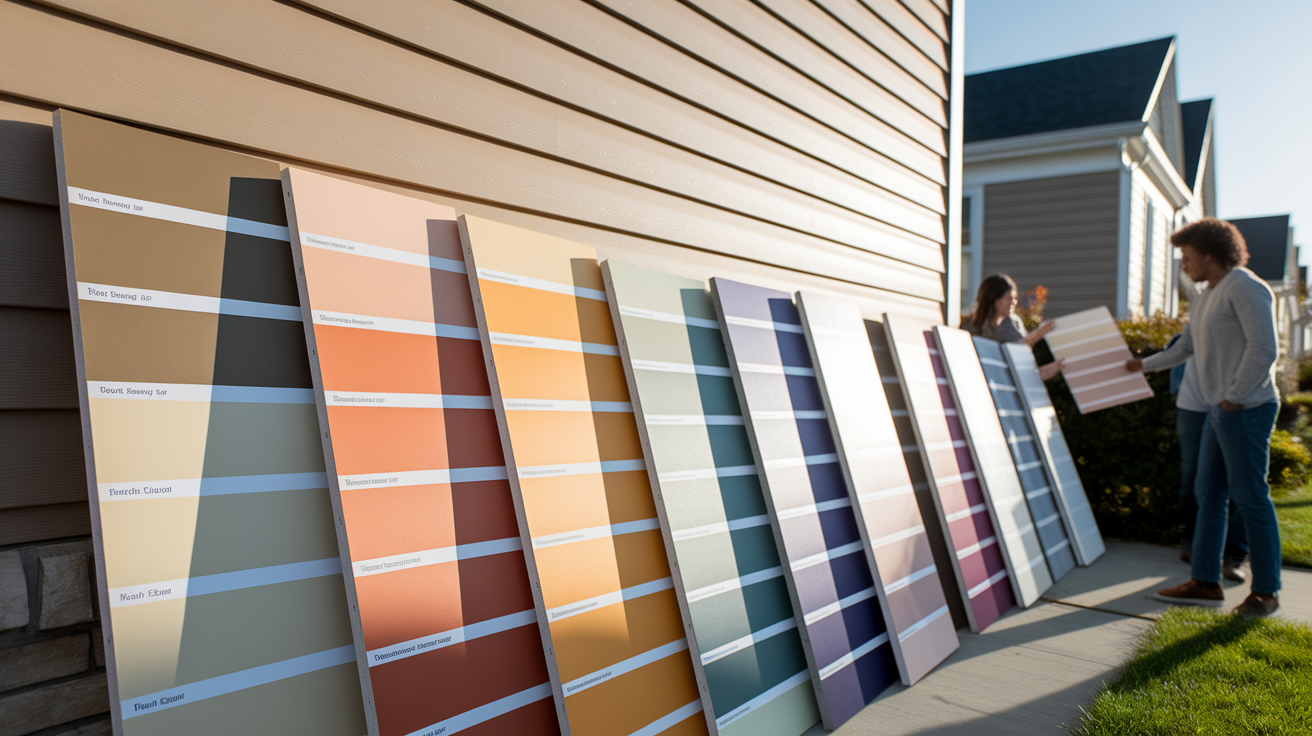
Paint large sample boards (at least 2′ x 2′) with your chosen colors and view them at different times of day against your home. Colors can look dramatically different depending on lighting conditions.
Hold samples up against trim, siding, and roof elements to see how they interact. Ask a friend or neighbor for feedback—they might catch something you missed.
Step 6: Submit Complete Documentation

Include all required information with your submission—paint brand, specific color names/numbers, which color will be used where, and ideally, physical color chips from the manufacturer.
Organize everything into a simple packet or digital file for easy review and reference. Incomplete submissions can be rejected, forcing you to restart the process and delaying your project.
Step 7: Wait for Formal Approval

Never begin painting without receiving official written approval from your HOA. Verbal assurances aren’t sufficient protection if questions arise later.
Save a copy of the approval for your records and confirm the timeline for when you can begin. Starting too early—even with assumed approval—can lead to fines or mandatory repainting.
Advantages of Choosing a Professional Contractor
When it comes to guiding HOA paint requirements, working with a professional painting contractor familiar with processes can make a significant difference:
1. HOA Compliance Expertise
Experienced contractors are familiar with the approval process and ensure that your project complies with HOA rules. They often have pre-approved colors and handle paperwork, too.
Their expertise can save your time, prevent costly mistakes, and make the process smoother from start to finish. Working with a pro ensures peace of mind.
2. Quality Assurance
Professional painters deliver high-quality results that meet HOA standards and pass examinations. They also help to guide local guidelines smoothly.
This saves time, prevents repainting issues, and ensures your home is HOA-compliant, which in turn avoids costly mistakes and conflicts.
3. Proper Documentation
Reputable contractors can provide detailed quotes, color samples, and project plans that make the approval process smoother. They also understand the guidelines and can help you avoid common mistakes.
Working with a trusted contractor saves time and reduces stress. Their experience makes sure your project meets all standards and gets approved faster.
4. Relationship With Paint Suppliers
Established painting companies often have relationships with major paint manufacturers and can accurately match approved colors, even if the specific brand has changed or been discontinued.
Their industry connections and color-matching expertise can be invaluable when trying to recreate a specific HOA-approved shade that may no longer be available under its original name.
5. Warranty Protection
Professional painting services typically come with warranties that protect your investment. This can be particularly valuable if questions about compliance arise after the project is completed.
These warranties often cover issues such as premature peeling, fading, or color inconsistencies, providing homeowners with peace of mind that their HOA-approved paint job will last.
Consequences of Painting Without Approval
Proceeding with an exterior painting project without proper HOA approval can lead to several unpleasant consequences:
- Violation Notices: The HOA will likely issue formal violation notices requiring you to correct the unapproved color choice.
- Fines: Many HOAs impose daily fines until violations are corrected, which can quickly become expensive.
- Forced Repainting: The HOA may require you to repaint your home with an approved color at your own expense, effectively doubling your painting costs.
- Legal Action: In extreme cases, HOAs have the authority to place liens on properties or pursue other legal remedies for ongoing violations.
- Strained Neighbor Relations: Disregarding community guidelines can create tension with neighbors who follow the rules and expect others to do the same.
Tips for Painting Your Home
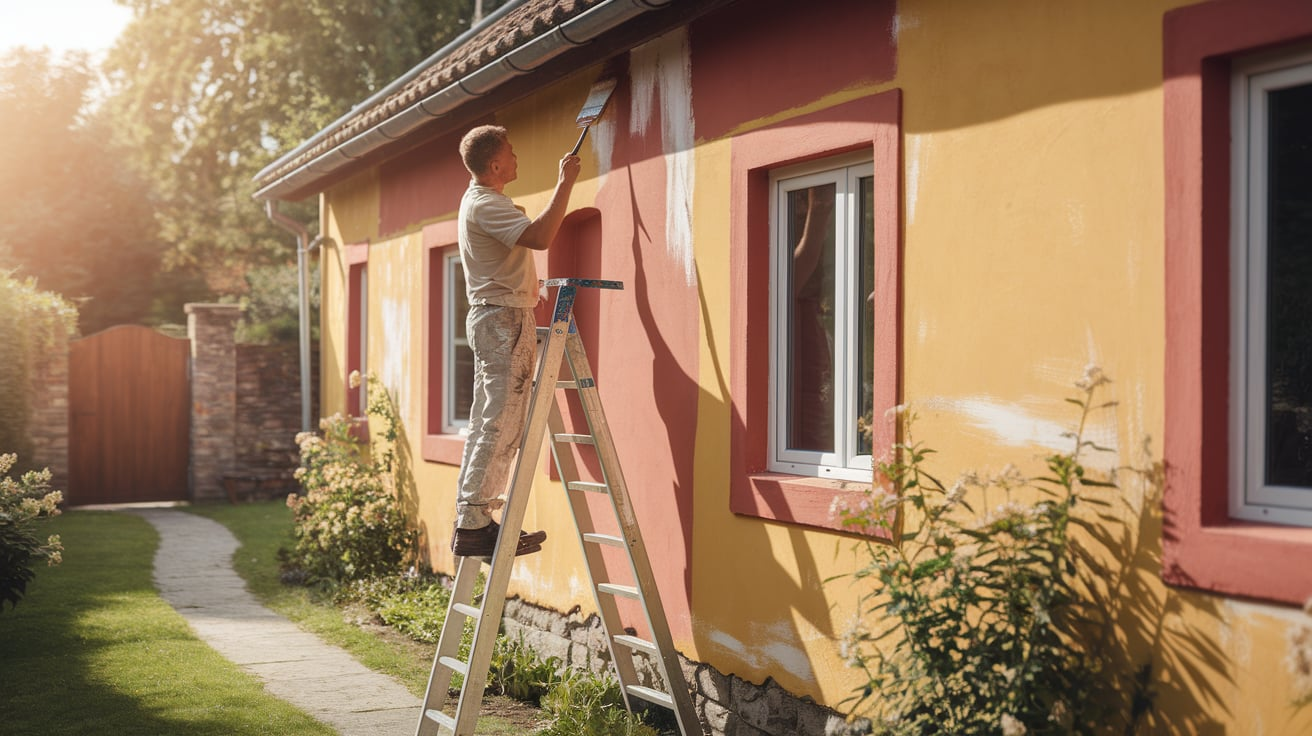
- Schedule Strategically: Choose a painting season with moderate temperatures and low humidity for optimal paint adhesion and curing.
- Prepare Surfaces Thoroughly: Proper pressure washing, scraping, sanding, and priming create the foundation for a lasting paint job.
- Use Quality Materials: Invest in high-quality paints specifically formulated for exterior use. These may cost more initially but require less frequent repainting.
- Document the Process: Take photos before, during, and after the project, and keep records of all paint brands, colors, and finishes used.
- Inspect Thoroughly: Before considering the job complete, check all surfaces carefully in various lighting conditions to ensure consistent coverage and color.
- Keep Leftover Paint: Store small amounts of each color used for future touch-ups, clearly labeled with location information (e.g., “Front Door – Sherwin Williams Naval SW 6244”).
- Maintain Your Finish: Establish a regular maintenance routine of gentle cleaning and prompt touch-ups to extend the life of your paint job.
Final Thoughts
Working within HOA color guidelines doesn’t mean sacrificing style or personal expression. With careful planning and the guidance of knowledgeable professionals, you can create beautiful color combinations.
Remember that these restrictions protect everyone’s property values, including yours. A thoughtfully chosen and approved color scheme increases your home’s appearance and may potentially increase its market value.
Before starting any exterior painting project in an HOA community, take the time to understand the guidelines and obtain the necessary approvals. This upfront effort prevents stress, expense, and conflicts later.
Ready to change your home look? Contact your HOA board for current color guidelines and connect with experienced painting professionals who understand the approval process.


